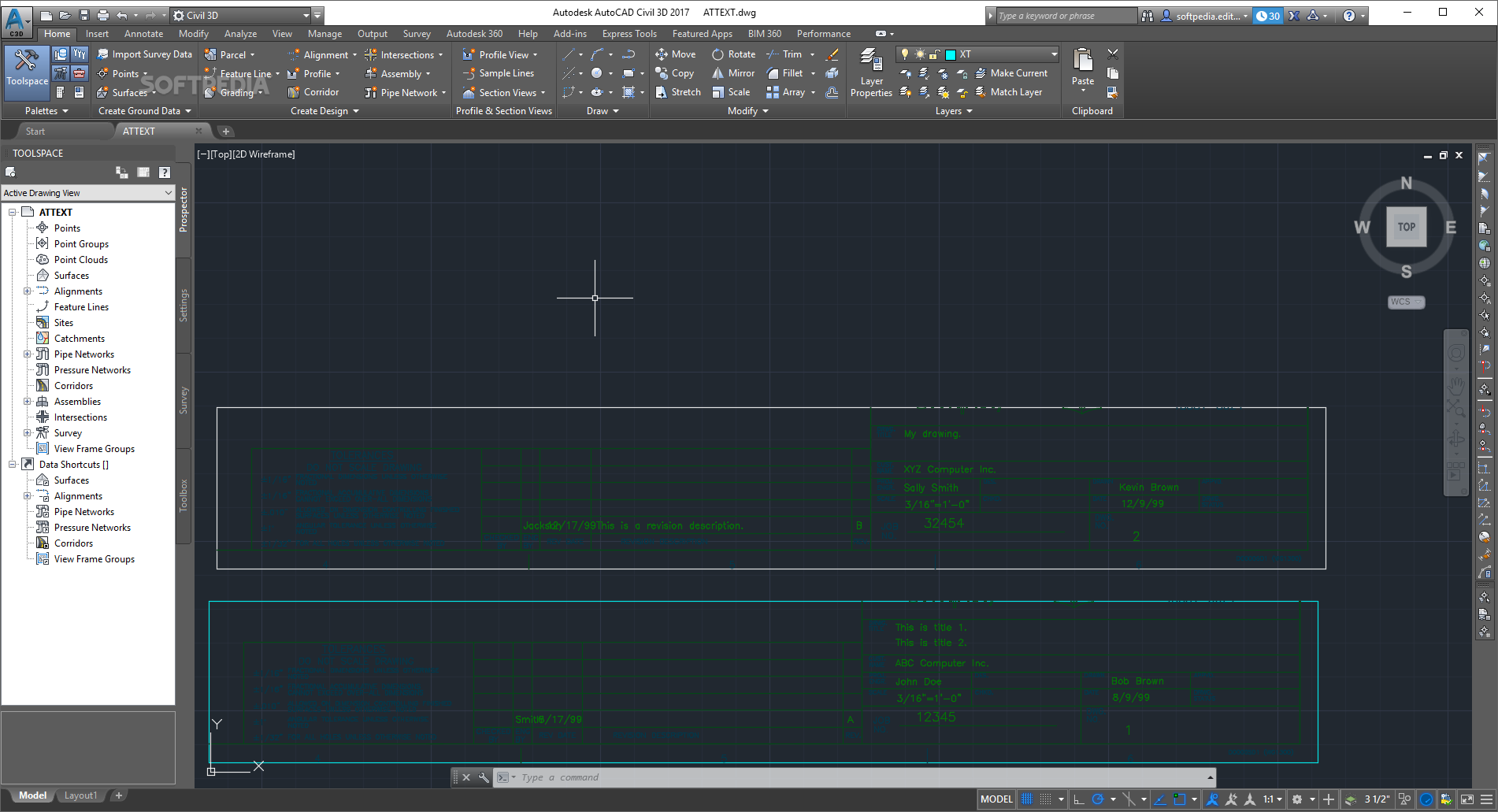

Now, we go to the Civil 3D Prospector and we add a new surface. We import them with the help of the Import KML/KMZ command of Plex-Earth. In our case, we have a bunch of contour lines showing the proposed earthworks in our area. To calculate a volume surface, we will need a second surface that will show the changes we want to apply. In our case, we name this surface created from Plex-Earth elevation data, as Base Surface, using Civil 3D's Prospector. In our case, we choose to import a terrain model following the outlook of the island our quarry is located.Ĭlick here to see how to insert a Civil 3D Surface into your drawing. Step 6: Advanced Cut and Fill CalculationsĬlick here to see how to import a terrain model. Step 4: Create a Volume Surface representing the Earthwork Volumes calculated with the Cut and Fill Method Step 1: Import a Terrain Model using Plex-Earth In order to do so, we will have to follow the steps below: In our example, we want to expand the extract work in an existing quarry. Then we will use our analysis results to produce a Total Volume Report, a Material Table, and an EarthWork plan discussion. In this case-study tutorial, we will show how to generate a volume surface between a surface model created with Plex-Earth and a proposed Earthwork, using Civil 3D. Plex-Earth offers quality worldwide terrain models within seconds, which we can use for our volume calculation.

To be able to proceed with such calculations, we need to have trustworthy elevation data of the surface of our project area. The Civil 3D software of Autodesk is a valuable engineering tool to help us with Cut and Fill calculations with its advanced toolbar. To be able to calculate the soil volume that will be needed to be removed or added is very important to plan our projects in terms of cost and time.

Earthworks take place in many engineering projects, like roadworks, quarries, mining projects, and more. In these cases, usually, the extracted material is also used as the fill material, like soil in plenty of earthworks. During this process amounts of soil or other material on the surface, are either added or removed so we manage to form the surface as needed for our projects. Cut and Fill is a common method to adjust a land surface as needed.


 0 kommentar(er)
0 kommentar(er)
